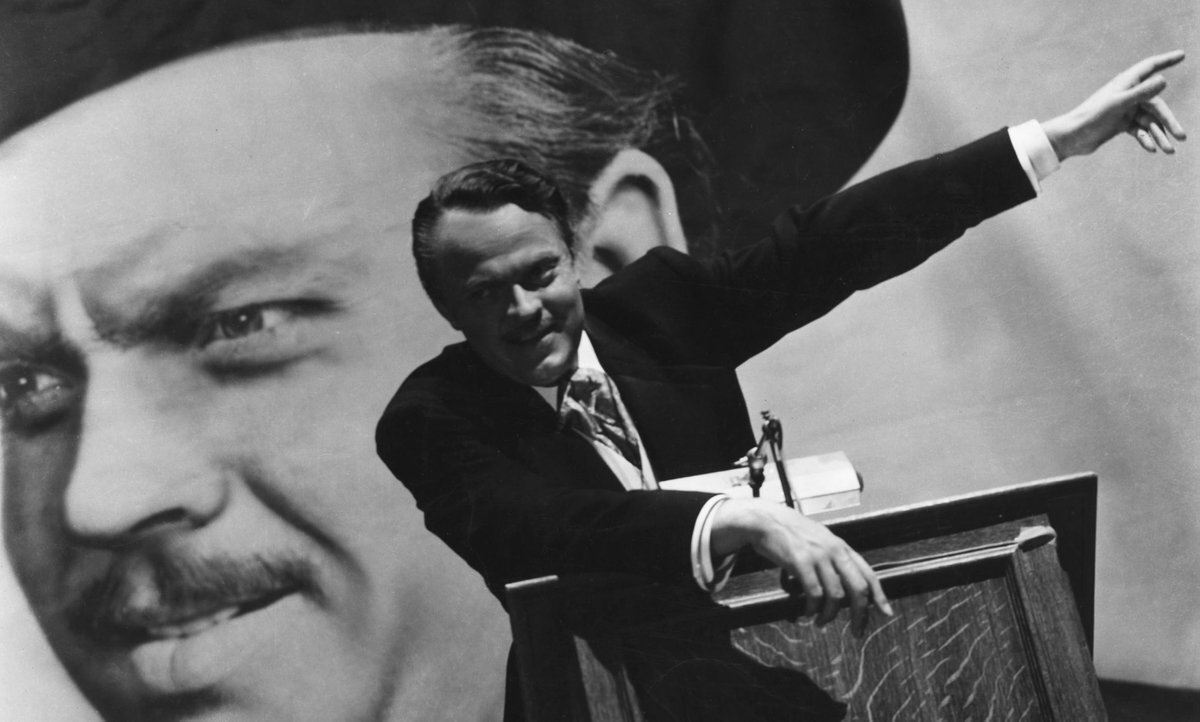Planting & Payoff: "Rosebud!"
“Rosebud!” The famous, first murmured word from Orson Welles’ 1941 cinematic masterpiece Citizen Kane, is a plant, only to be paid off at the end of the film when it is revealed to the audience that the enigmatic “Rosebud” was the name of Mr. Kane’s childhood sled.
Citizen Kane (1941) — Orson Welles as Kane
Or take Chinatown, in the climatic reversal scene in the third act where J.J. Gittes has come to Evelyn. Mulwray’s home with evidence – her late husband Hollis Mulwray’s glasses and an earlier plant – that Gittes believes proves Evelyn’s guilt in the murder. But after discovering Katherine is both Evelyn’s sister and daughter and deciding now to help Evelyn evade the police, Evelyn pays off the glasses when she explains that “Those didn’t belong to Hollis” because “He didn’t wear bifocals.”
Chinatown (1974) — J.J. Gittes (Jack Nicholson) with (Evelyn Mulwray) Faye Dunaway
The above examples are classic, but every film incorporates planting and payoff: a device by which a motif, a line of dialogue, a gesture, behavioral mannerism, costume, prop or any combination of these is introduced into a story and then often repeated as the story progresses, until in the changed circumstances toward the resolution, the planted information assumes a new meaning and “pays off”.
But not every plant and payoff is required to carry as much emotional weight as “Rosebud” or Hollis’s glasses. Some plants and payoffs are simple, and only reveal character, often being wrapped up within a single scene or within the same sequence. Other plants and payoffs are paramount to moving the story forward. But all plants and payoffs — when done properly — involve the audience, connecting with them and making them active participants, not simply passive observers.

